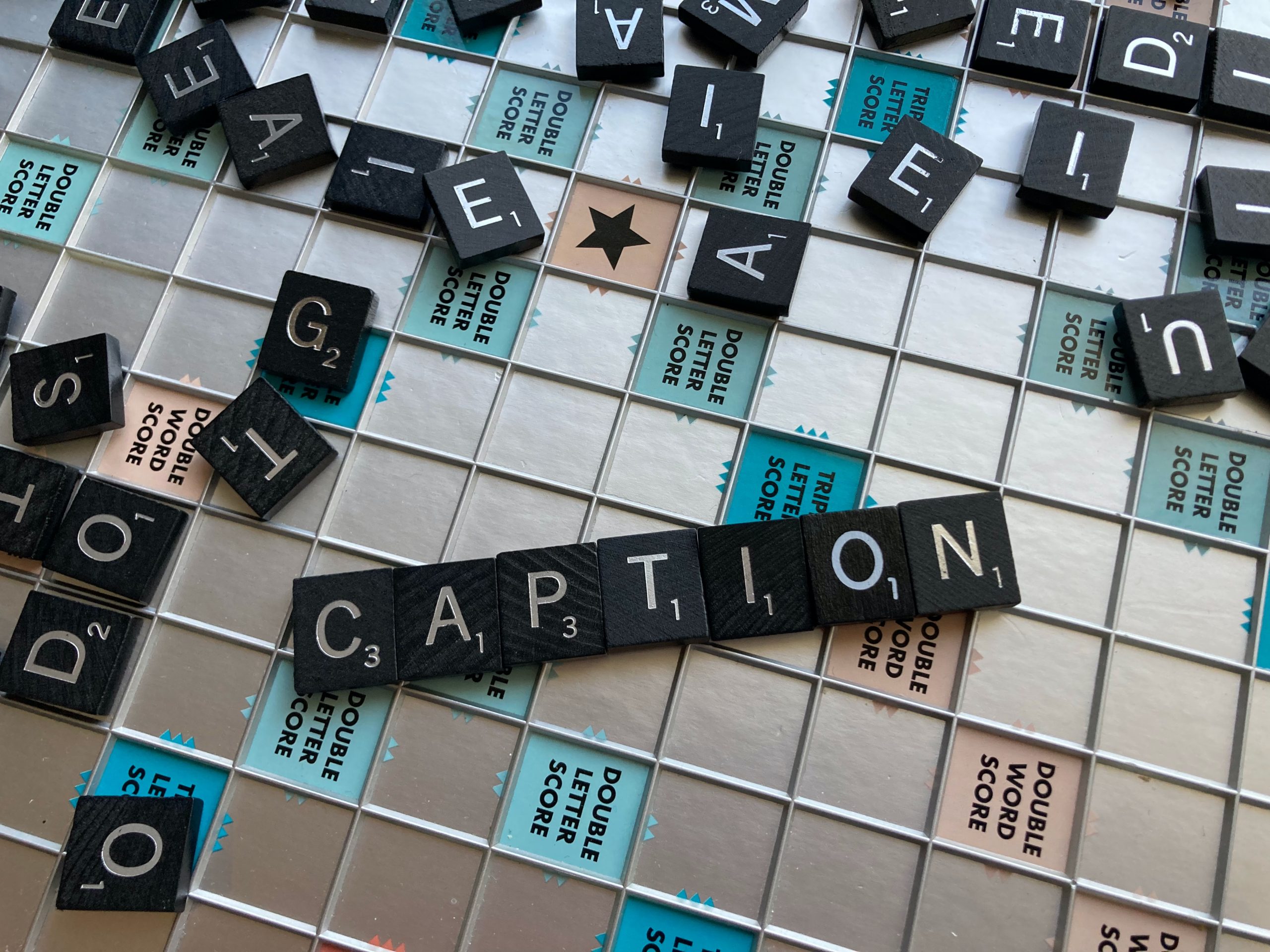In today’s digital age, content creators face the challenge of making their material accessible to a diverse audience. Two essential tools for achieving accessibility are captions and transcripts. While these terms are often used interchangeably, they serve distinct purposes and are crucial for different user experiences.
In this blog post, we’ll explore the differences between captions and transcripts, their individual importance, and how they contribute to a more inclusive online environment.
An explanation of captions
Captions are time-coded text of the audio content in a video or multimedia presentation. Their primary purpose is to make content accessible to individuals who are deaf or hard-of-hearing, though they can also help people who have difficulty focusing. Captions not only display spoken dialogue but also include relevant non-verbal information such as music, sound effects, and background noises.
Beyond catering to the hearing-impaired, captions are valuable in noisy environments, for language learners, and for users who prefer to watch content without sound. An example is the words at the bottom of the screen on a Netflix video.
Why captions are important
- Accessibility for the Deaf and Hard of Hearing: Captions are indispensable for individuals who rely on visual aids to understand spoken content.
- Enhanced Comprehension: Captions improve comprehension for all viewers, providing clarity in situations where audio may be unclear or difficult to understand.
- Multilingual Support: Captions facilitate language accessibility by enabling translation into various languages, making content globally relevant.

An explanation of transcripts
Transcripts are complete textual representations of spoken and sometimes non-verbal content in an audio or video file. They provide a comprehensive record of everything said, including dialogue, background noises, and other audio elements. Unlike captions, transcripts are typically presented as a separate document rather than overlaid on the video.
The benefits of transcripts
- Search Engine Optimization (SEO): Search engines index textual content, making transcripts valuable for improving the discoverability of multimedia content.
- Learning and Reference: Transcripts serve as valuable resources for individuals who prefer reading or who want to review specific information without re-watching an entire video.
- Enhanced User Experience: Offering transcripts alongside multimedia content allows users to choose their preferred mode of consumption, catering to diverse learning styles.
HIGH-QUALITY TRANSCRIPTION
Want instant access to transcript ordering, price lists, and more? Sign up for your free client portal now.
Captions and transcripts play distinct yet complementary roles in creating inclusive and accessible digital content. Captions focus on making audiovisual material understandable to the hearing-impaired, while transcripts offer comprehensive records that enhance searchability and accommodate various learning preferences.
By incorporating both captions and transcripts into multimedia content, creators can ensure a more inclusive online experience for all users, regardless of their abilities or preferences. As digital communication continues to evolve, the integration of these accessibility features will become increasingly crucial for fostering a more diverse and inclusive online environment.
Sign Up for Our Newsletter
The latest and greatest in transcription and translation news.



Leave a Reply